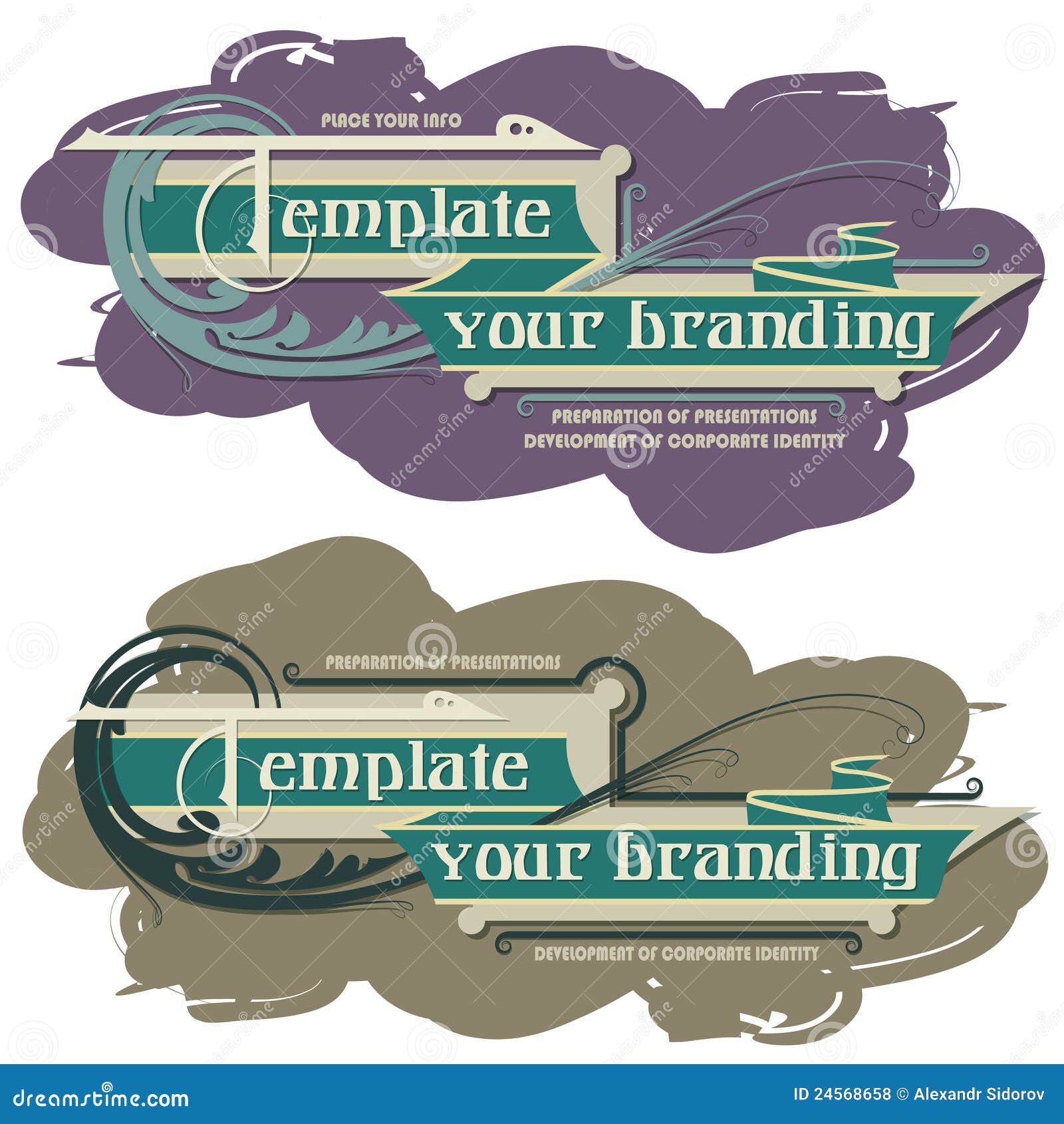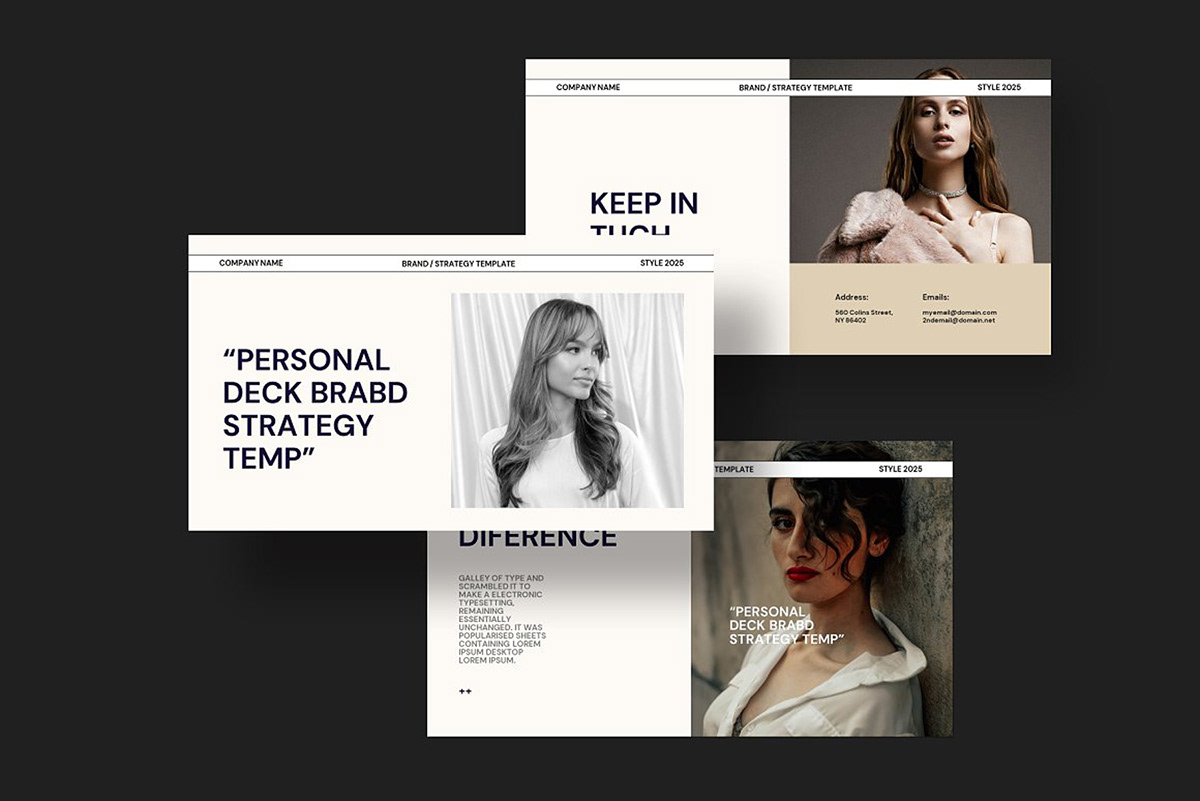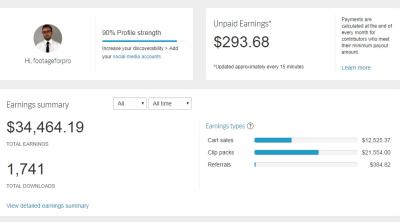Hey there! If you’re looking to give your branding a professional boost without breaking the bank, Shutterstock templates might just be your new best friend. These ready-made designs can help you create stunning visuals quickly, whether you’re working on social media posts, marketing materials, or your website. Using templates not only saves time but also ensures consistency across your brand, which is key to building trust and recognition. Plus, with Shutterstock‘s vast library, you have tons of options to match your unique style. So, let’s dive into how you can leverage these templates to elevate your brand effortlessly!
Steps to Access and Find Templates on Shutterstock

Getting started with Shutterstock templates is easier than you might think. Here’s a simple step-by-step guide to help you find exactly what you need:
- Log into your Shutterstock account: If you don’t have one yet, it’s quick to sign up—just visit Shutterstock’s homepage and follow the registration prompts.
- Navigate to the Templates section: On the top menu bar, look for the “Templates” tab. If it’s not immediately visible, use the search bar and type in “templates” or specific keywords related to your project.
- Use filters to narrow your search: Once inside the Templates section, you can filter results by category (like social media, flyers, presentations), style, color scheme, and even file type. This makes it super easy to find exactly what fits your branding needs.
- Preview templates: Click on any template to see a larger preview. Pay attention to the layout, font options, and overall style to ensure it aligns with your brand identity.
- Download or customize: When you find a template you like, you can either download it directly (if it’s included in your license) or open it in compatible editing software like Adobe Photoshop or Illustrator for customization.
Tip: Bookmark your favorite templates or save them to a collection within Shutterstock for quick access later. This way, you can build a personalized library of go-to designs that suit your branding style perfectly.
Customizing Shutterstock Templates to Match Your Brand Identity

Once you’ve picked a template on Shutterstock that catches your eye, the real fun begins—customization! This is your chance to make the template truly yours and ensure it aligns perfectly with your brand’s personality and identity.
First things first, change the color scheme. Most templates come with preset colors, but you can easily tweak these to match your brand colors. Whether you’re using Shutterstock’s editing tools or exporting the template to your favorite editing software, look for options to swap out colors. Consistent use of your brand colors helps build recognition and trust with your audience.
Next, consider adding your logo. Your logo is the cornerstone of your branding, so make sure it’s prominently placed and fits well within the design. Resize and position it thoughtfully—whether in a corner, header, or footer—so it enhances the visual without overpowering the message.
Another key aspect is font selection. Templates often come with default fonts, but customizing fonts to match your brand’s typography can make a big difference. Stick to your brand’s established fonts or choose similar styles to keep your messaging consistent. Ensure readability and visual harmony across all elements.
Don’t forget to update images and icons. Use high-quality photos that resonate with your brand’s voice and values. Shutterstock offers a vast library of images, but you can also upload your own. Replace generic visuals with personalized photos that tell your brand story or showcase your products and team.
Lastly, pay attention to layout adjustments. Sometimes, shifting elements or resizing sections helps better communicate your message. Be creative—add or remove sections, adjust spacing, or include call-to-action buttons to make your content more engaging and aligned with your goals.
Remember, the goal is to create a cohesive, professional-looking piece that reflects your brand’s unique identity. Take your time with customization, and don’t be afraid to experiment until it feels just right. After all, a customized template isn’t just visually appealing; it’s a powerful tool for brand recognition and consistency.
Tips for Choosing the Right Templates for Your Business
Picking the perfect template on Shutterstock is like finding the right outfit—it should fit your brand’s vibe and serve your purpose effectively. Here are some handy tips to help you choose the best templates for your business:
- Define your goals: Are you creating social media posts, presentations, flyers, or website banners? Different templates are optimized for different purposes, so knowing what you need helps narrow down your options.
- Match your industry: Look for templates that resonate with your industry or niche. For example, a tech company might prefer sleek, modern designs, while a boutique might choose something more artistic and colorful.
- Consider your brand personality: Is your brand formal and professional, or casual and fun? Choose templates that reflect your tone—minimalist for elegance, vibrant for energetic brands, or playful for creative ventures.
- Check customization options: Opt for templates that are flexible and easy to modify. The more customizable the template, the better you can tailor it to your brand’s needs.
- Review the design elements: Pay attention to layout, typography, and imagery. Make sure these elements align with your brand style guide or visual identity.
- Quality and resolution: Always select high-resolution templates to ensure your final product looks sharp and professional, whether it’s printed or digital.
- Read reviews and previews: If available, check reviews or preview images to see how others have used the template and judge its versatility and quality.
Remember, the right template can save you time and effort while helping you create eye-catching, cohesive branding materials. Take your time exploring options, and don’t hesitate to test a few templates before settling on the one that feels just right for your business. Your brand’s visual identity is worth the investment, and choosing the right template is a great first step toward memorable branding.
Best Practices for Using Shutterstock Templates to Enhance Your Branding Strategy
Using Shutterstock templates can be a game-changer for your branding, but to really get the most out of them, it’s important to follow some best practices. Think of these as your go-to guidelines for creating consistent, professional, and impactful visuals that truly represent your brand.
1. Keep Your Branding Consistent
Consistency is key when it comes to branding. Make sure to incorporate your brand colors, fonts, and logo into the templates. Shutterstock templates are easy to customize, so take advantage of that to align your visuals with your brand identity. A unified look across all your marketing materials helps build recognition and trust with your audience.
2. Choose Templates that Match Your Brand Voice
Not all templates are created equal. Select ones that resonate with your brand personality—whether it’s playful, professional, or innovative. For example, if your brand is more corporate, opt for sleek, clean templates. For a more casual vibe, go for templates with vibrant colors or fun graphics. The right match can make your message feel authentic and engaging.
3. Customize Thoughtfully
Templates are meant to be flexible, but it’s important to customize them thoughtfully. Avoid overcrowding the design or adding too many elements that distract from your core message. Use high-quality images and keep text concise. Remember, simplicity often makes a bigger impact.
4. Maintain Visual Hierarchy
Use layout techniques to guide viewers’ eyes through your content. Highlight important points with bold text or color contrast. Keep your headlines prominent, and use bullet points or numbered lists for clarity. This helps your audience quickly grasp the key messages, making your branding more effective.
5. Test and Gather Feedback
Before launching your materials widely, test your templates with a small segment of your audience or team members. Gather feedback on readability, visual appeal, and overall impact. Making adjustments based on real input ensures your branding efforts hit the mark.
6. Stay Updated with New Templates
Shutterstock frequently updates its library with fresh templates. Regularly browsing and trying new designs can keep your branding fresh and innovative. Plus, newer templates often come with better customization options and modern aesthetics that can elevate your brand visuals.
Conclusion and Final Tips for Maximizing Shutterstock Templates for Your Brand
Using Shutterstock templates effectively can save you time and elevate your branding efforts, but it’s all about strategic customization and consistency. To wrap things up, here are some final tips to help you maximize these powerful tools:
- Maintain Brand Cohesion: Always ensure your colors, fonts, and logos are consistent across all templates to build a recognizable brand identity.
- Invest in Customization: Don’t settle for off-the-shelf looks. Personalize templates to reflect your unique brand voice and personality.
- Stay Organized: Keep your brand assets—logos, color codes, font files—in a dedicated folder. This makes customizing templates faster and more consistent.
- Leverage Templates for Different Content Types: Use a variety of templates for social media posts, presentations, newsletters, and more. This keeps your content diverse and engaging.
- Keep Learning: Explore tutorials and tips on using Shutterstock’s editing tools or other design software. The more comfortable you are with customization, the better your results will be.
- Don’t Overcrowd: Less is often more. Focus on clear messaging and clean design to make your branding stand out without overwhelming your audience.
Remember, the goal is to create visuals that not only look great but also resonate with your audience and reinforce your brand identity. With thoughtful application of Shutterstock templates and these best practices, you’ll be well on your way to building a cohesive, professional brand presence that leaves a lasting impression.


